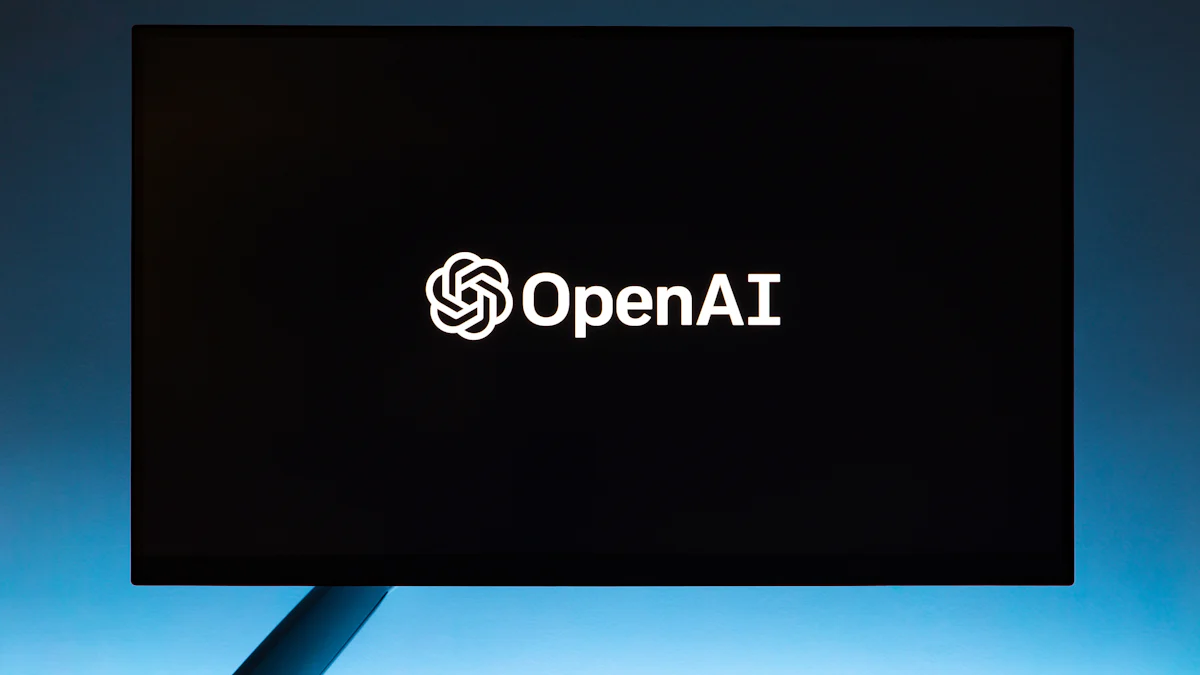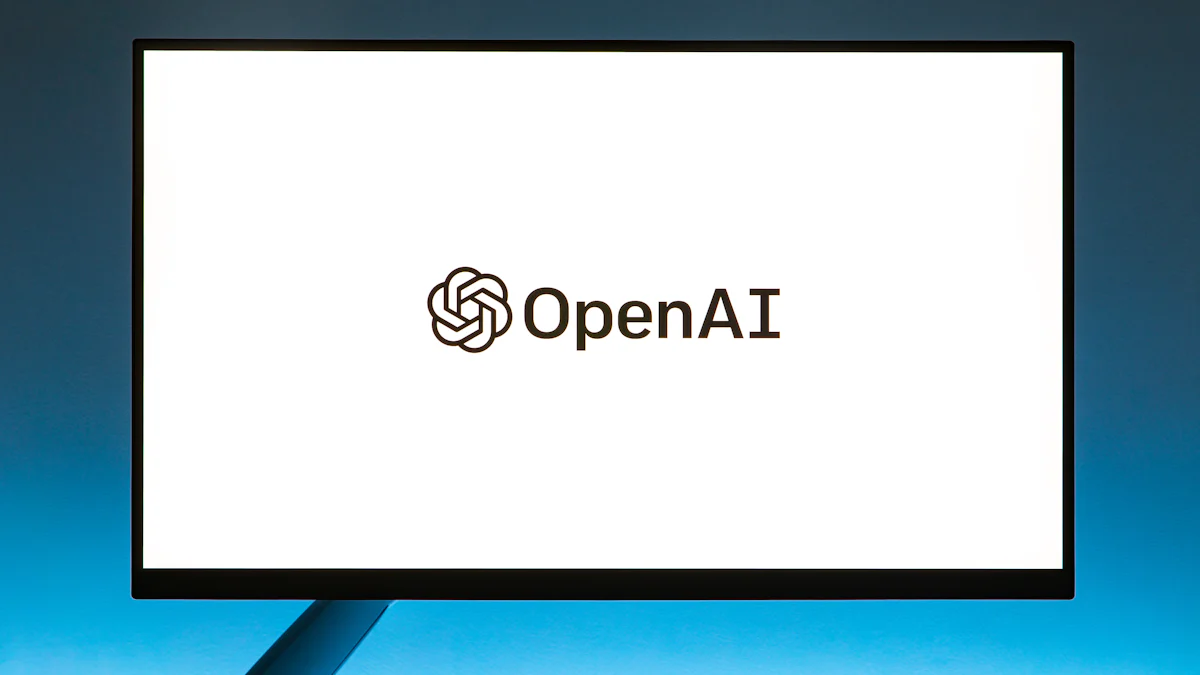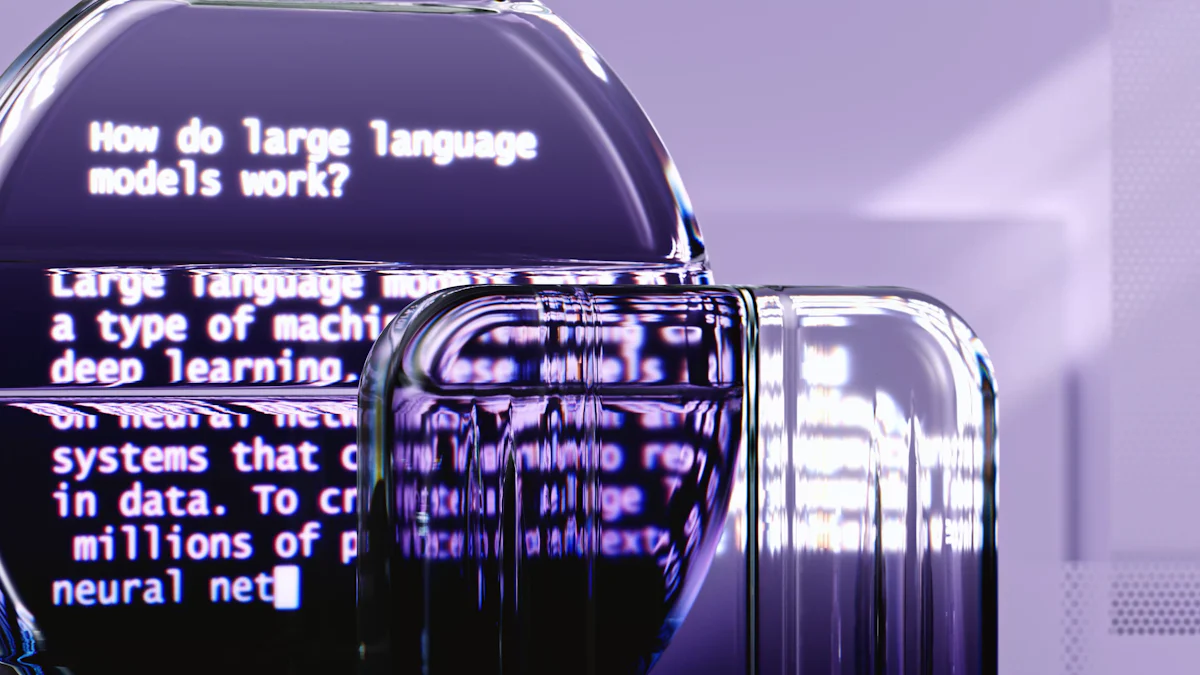A Guide to OpenAI’s Tools and APIs for Generative AI

OpenAI stands as a pioneer in the realm of artificial intelligence, especially in generative AI. You might wonder why OpenAI holds such significance. The answer lies in its innovative tools and APIs that have revolutionized how we interact with AI. In 2023, the generative AI industry saw a remarkable growth, generating $67 billion in revenue. OpenAI alone is projected to surpass $2 billion in annual revenue by 2024. This growth highlights the transformative impact of OpenAI’s Tools on various sectors, making it an essential player in the AI landscape.
Overview of OpenAI’s Tools and APIs

OpenAI offers a suite of powerful tools and APIs that have transformed the landscape of generative AI. These tools enable you to create, innovate, and solve complex problems with ease. Let's delve into some of the key offerings from OpenAI.
DALL-E
DALL-E is a groundbreaking tool in the realm of AI art generation. It allows you to create stunning visuals from simple text descriptions. This tool uses advanced algorithms to interpret your words and transform them into unique pieces of art.
Capabilities of DALL-E
Text-to-Image Generation: DALL-E can generate images based on textual input, allowing for a wide range of creative possibilities.
High-Resolution Outputs: The tool produces high-quality images suitable for various applications.
Versatile Styles: You can explore different artistic styles, from realistic to abstract, using DALL-E.
Use cases for DALL-E
Marketing and Advertising: Create eye-catching visuals for campaigns.
Content Creation: Enhance blog posts or articles with custom images.
Design and Art: Generate inspiration for artists and designers.
Codex
Codex is another remarkable tool from OpenAI, designed to assist you in coding tasks. It leverages natural language processing to understand your instructions and generate code snippets or entire modules.
Capabilities of Codex
Code Generation: Codex can write code in multiple programming languages based on your descriptions.
Function Completion: It suggests code completions, making your coding process faster and more efficient.
Error Detection: Codex helps identify and correct errors in your code.
Use cases for Codex
Software Development: Accelerate the development process by automating repetitive coding tasks.
Learning and Education: Assist students in understanding coding concepts through practical examples.
Prototyping: Quickly build prototypes by generating code snippets.
Assistants API
The Assistants API from OpenAI is designed to enhance your interaction with AI systems. It provides a robust framework for building intelligent assistants that can perform a variety of tasks.
Capabilities of Assistants API
Natural Language Processing: Understands and processes human language to provide relevant responses.
Task Automation: Automates routine tasks, improving efficiency and productivity.
Customizable Interactions: Tailor the assistant's behavior to suit specific needs.
Use cases for Assistants API
Customer Support: Develop chatbots that handle customer inquiries efficiently.
Personal Assistants: Create virtual assistants that manage schedules and reminders.
Data Analysis: Use AI to analyze data and generate insights.
OpenAI’s Tools offer immense potential for innovation across various domains. Whether you're an artist, developer, or business professional, these tools empower you to harness the power of AI in your projects.
Technical Aspects of Using OpenAI’s Tools
When you dive into the technical aspects of OpenAI’s Tools, you unlock a world of possibilities. These tools offer various features that enhance your ability to create and innovate. Let's explore some key technical elements that can elevate your experience with OpenAI’s Tools.
Prompt Chaining
Explanation of prompt chaining
Prompt chaining is a technique that allows you to break down complex tasks into smaller, manageable prompts. This method enhances the capabilities of language models by enabling them to tackle intricate problems step by step. By using prompt chaining, you can guide the AI through a series of logical steps, ensuring that each part of the task is addressed thoroughly.
Benefits of prompt chaining
The benefits of prompt chaining are numerous. It boosts transparency, making it easier for you to understand how the AI arrives at its conclusions. This approach also improves controllability, allowing you to steer the AI's responses more precisely. Additionally, prompt chaining enhances reliability, as it simplifies debugging and performance improvement. By implementing this technique, you can maximize the potential of OpenAI’s Tools in your projects.
Training on Specific Datasets
How to train on specific datasets
Training OpenAI’s Tools on specific datasets involves providing examples that align with your desired outcomes. You can customize the AI's performance by feeding it data that reflects the context and nuances of your application. This process requires selecting relevant datasets, preparing them for training, and fine-tuning the AI to achieve optimal results.
Advantages of dataset training
Training on specific datasets offers several advantages. It allows you to tailor the AI's behavior to suit your unique needs, resulting in more accurate and relevant outputs. This customization enhances the AI's effectiveness in specialized tasks, making it a valuable asset in various domains. By leveraging dataset training, you can harness the full power of OpenAI’s Tools to achieve your goals.
Integrating AI into Applications
Steps for integration
Integrating AI into your applications involves several key steps. First, you need to identify the areas where AI can add value. Next, you should select the appropriate OpenAI tools that align with your objectives. Once you have chosen the tools, you can begin the integration process by embedding the AI capabilities into your application’s architecture. Testing and refining the integration ensures seamless functionality and user satisfaction.
Challenges and solutions
While integrating AI, you may encounter challenges such as compatibility issues or performance bottlenecks. To overcome these obstacles, you can adopt solutions like optimizing your application’s infrastructure or collaborating with AI experts. By addressing these challenges proactively, you can ensure a smooth integration process and unlock the full potential of OpenAI’s Tools in your applications.
Resources for Developers
As a developer, you have access to a wealth of resources that can help you make the most of OpenAI’s Tools. These resources are designed to guide you through the process of integrating AI into your projects, enhancing your skills, and maximizing the potential of these powerful tools.
Documentation
Overview of available documentation
OpenAI provides comprehensive documentation that covers every aspect of its tools and APIs. This documentation includes detailed guides, API references, and best practices for using OpenAI’s Tools effectively. You can find information on how to set up and configure the tools, as well as examples of how to implement them in various applications.
How to use documentation effectively
To use the documentation effectively, start by identifying the specific tool or API you want to work with. Then, follow the step-by-step guides provided to understand the setup and integration process. Pay attention to the examples and code snippets, as they can offer valuable insights into how to implement the tools in real-world scenarios. Regularly refer back to the documentation as you develop your projects to ensure you are using OpenAI’s Tools to their full potential.
Tutorials
Types of tutorials available
OpenAI offers a variety of tutorials that cater to different learning styles and levels of expertise. These tutorials range from beginner-friendly introductions to advanced guides that delve into complex topics. You can find video tutorials, written guides, and interactive exercises that cover everything from basic setup to advanced use cases.
Benefits of following tutorials
By following these tutorials, you can gain a deeper understanding of how to use OpenAI’s Tools effectively. Tutorials provide hands-on experience, allowing you to practice what you learn and apply it to your projects. They also help you stay updated with the latest features and best practices, ensuring that you are always using the tools in the most efficient way possible.
Courses
Available courses for learning
Several online platforms offer courses specifically designed to teach you how to use OpenAI’s Tools. These courses cover a wide range of topics, from the basics of AI and machine learning to advanced techniques for integrating AI into applications. You can choose from self-paced courses, live classes, or workshops, depending on your learning preferences.
How courses can enhance skills
Enrolling in these courses can significantly enhance your skills and knowledge of OpenAI’s Tools. Courses provide structured learning paths, allowing you to build a solid foundation and gradually progress to more advanced topics. They often include practical assignments and projects, giving you the opportunity to apply what you learn in real-world scenarios. By completing these courses, you can become proficient in using OpenAI’s Tools and unlock new opportunities in the field of AI development.
Responsible AI Development
Importance of Ethical AI Use
Ethical considerations in AI
In the rapidly evolving world of AI, ethical considerations play a crucial role. You must ensure that AI systems operate fairly and transparently. This involves addressing biases and ensuring that AI decisions do not harm individuals or communities. OpenAI emphasizes the importance of these ethical considerations. By doing so, you can help shape AI development responsibly.
"Ethical considerations are integral components of responsible development in the rapidly evolving landscape of AI."
OpenAI’s guidelines for ethical use
OpenAI has established guidelines to promote ethical AI use. These guidelines encourage you to prioritize safety, transparency, and fairness in AI applications. OpenAI actively engages with the broader community to address challenges and shape the discourse around responsible AI development. By following these guidelines, you contribute to a more equitable and beneficial AI landscape.
Measures Encouraged by OpenAI
Security measures
Security is paramount when developing AI systems. OpenAI encourages you to implement robust security measures to protect AI models and data. This includes safeguarding against unauthorized access and ensuring data integrity. By prioritizing security, you can prevent misuse and maintain trust in AI technologies.
Privacy considerations
Privacy is another critical aspect of responsible AI development. OpenAI advocates for privacy-preserving techniques that protect user data. You should ensure that AI systems handle data responsibly and comply with privacy regulations. By considering privacy, you can build AI solutions that respect user rights and foster public confidence.
OpenAI's commitment to ethical AI development sets a standard for balancing innovation with ethical considerations. By prioritizing safety, transparency, and collaboration, you can navigate the complex landscape of AI innovation responsibly.
Future Trends in Generative AI

Generative AI continues to evolve, bringing forth new technologies and innovations. As you explore these advancements, you will discover how they shape industries and redefine possibilities.
Emerging Technologies
Innovations in generative AI
Generative AI is witnessing remarkable innovations. You will find that these advancements enhance the capabilities of AI models, making them more efficient and versatile. For instance, new algorithms improve the quality of generated content, whether it's text, images, or code. These innovations allow you to create more realistic and complex outputs, pushing the boundaries of what AI can achieve.
Potential impact on industries
The impact of generative AI on industries is profound. You will notice that sectors such as healthcare, entertainment, and finance are leveraging these technologies to transform their operations. In healthcare, AI assists in drug discovery and personalized medicine. In entertainment, it generates realistic animations and special effects. Finance uses AI for risk assessment and fraud detection. By adopting generative AI, industries can enhance productivity, reduce costs, and innovate faster.
OpenAI’s Role in Future Developments
Contributions to AI research
OpenAI plays a pivotal role in advancing AI research. You will see that OpenAI’s Tools contribute significantly to the development of cutting-edge AI technologies. Through rigorous research and experimentation, OpenAI pushes the limits of what AI can do. This commitment to innovation ensures that you have access to the latest advancements in AI, enabling you to stay ahead in your field.
Vision for the future of AI
OpenAI envisions a future where AI benefits everyone. You will find that OpenAI’s Tools aim to democratize access to AI technologies, making them available to individuals and organizations worldwide. This vision includes creating AI systems that are safe, ethical, and aligned with human values. By focusing on responsible development, OpenAI ensures that AI serves as a force for good, empowering you to harness its potential for positive change.
OpenAI has significantly advanced the field of generative AI. You have seen how tools like DALL-E, Codex, and the Assistants API have transformed creative processes and coding tasks. OpenAI's commitment to ethical AI development ensures that these innovations remain safe and beneficial for society. As you look to the future, generative AI holds immense potential to reshape industries and enhance productivity. By embracing these technologies responsibly, you can harness their power to drive progress and innovation across various domains.
See Also
Decoding Generative Artificial Intelligence: Functionality and Operation
Key Concepts in Generative Artificial Intelligence for Professionals
